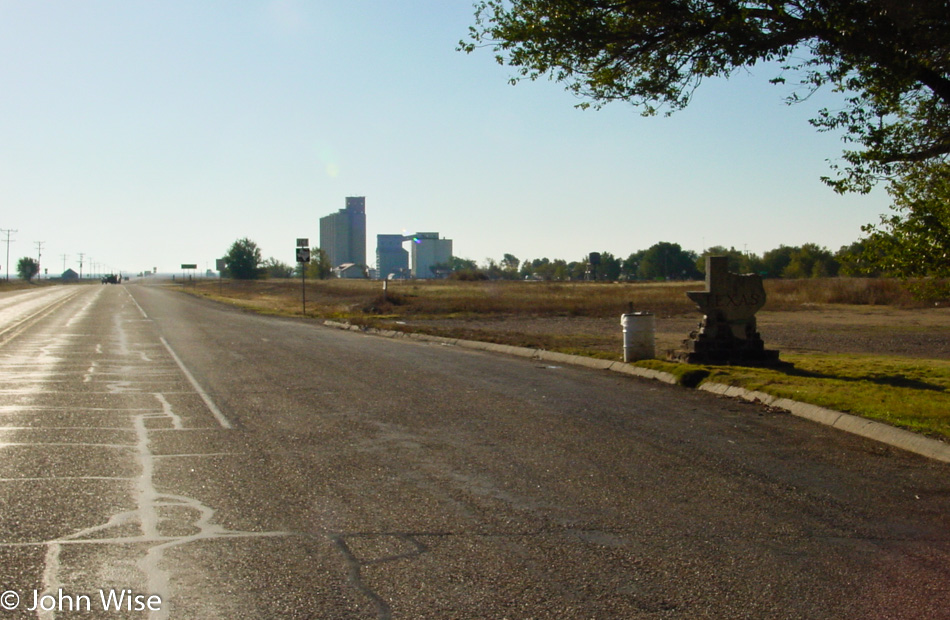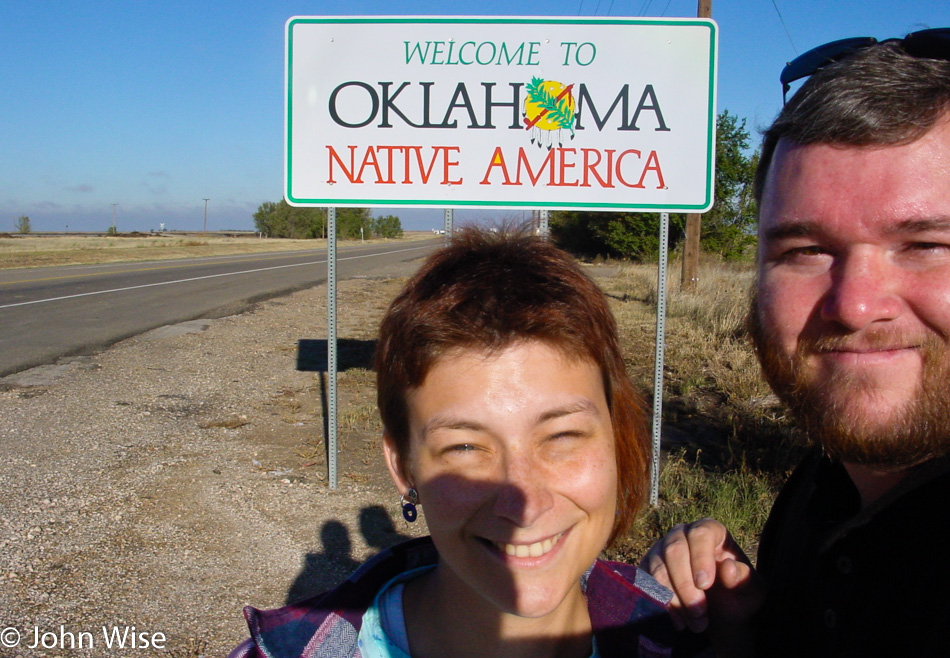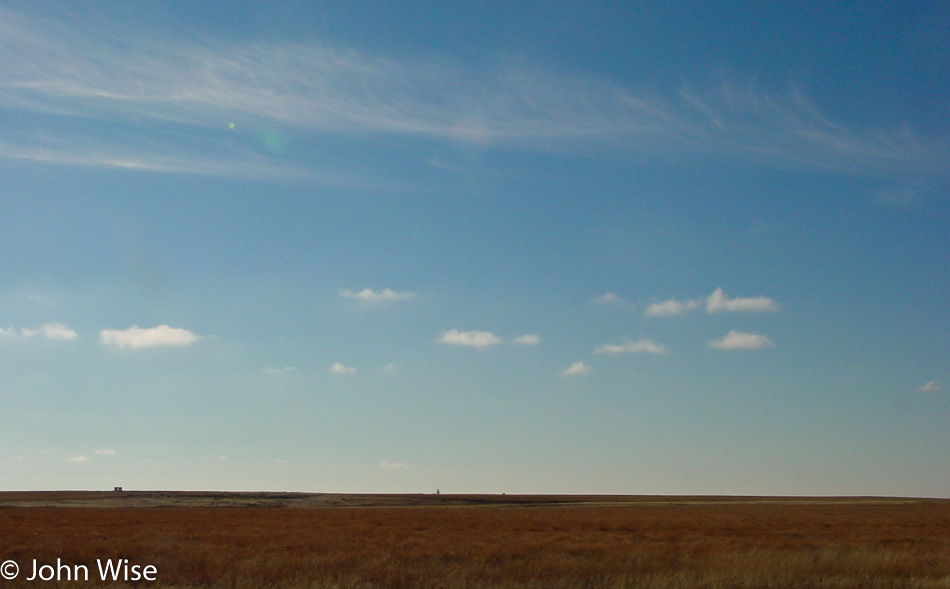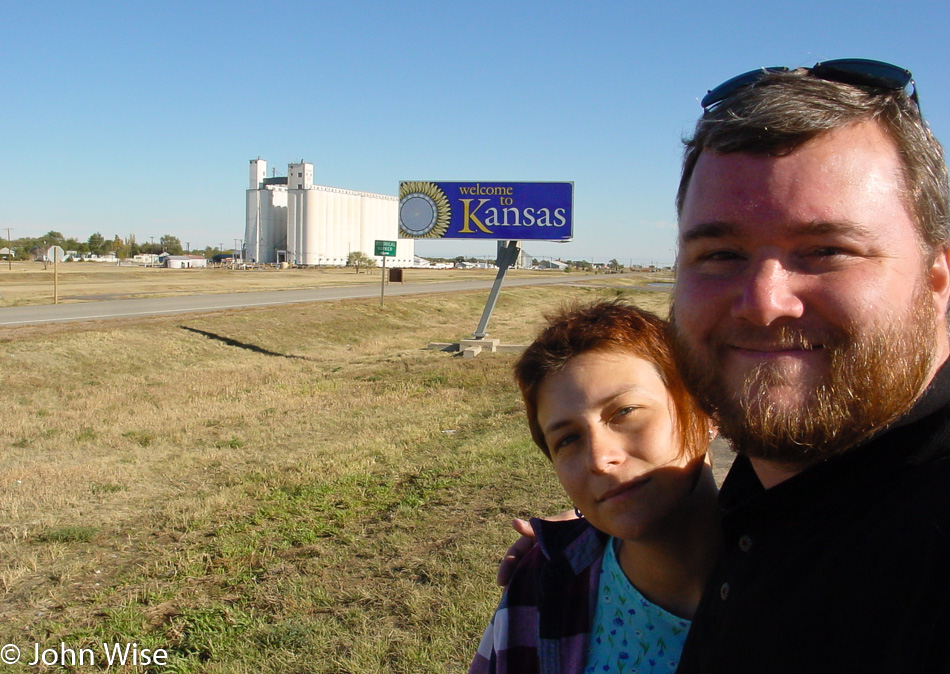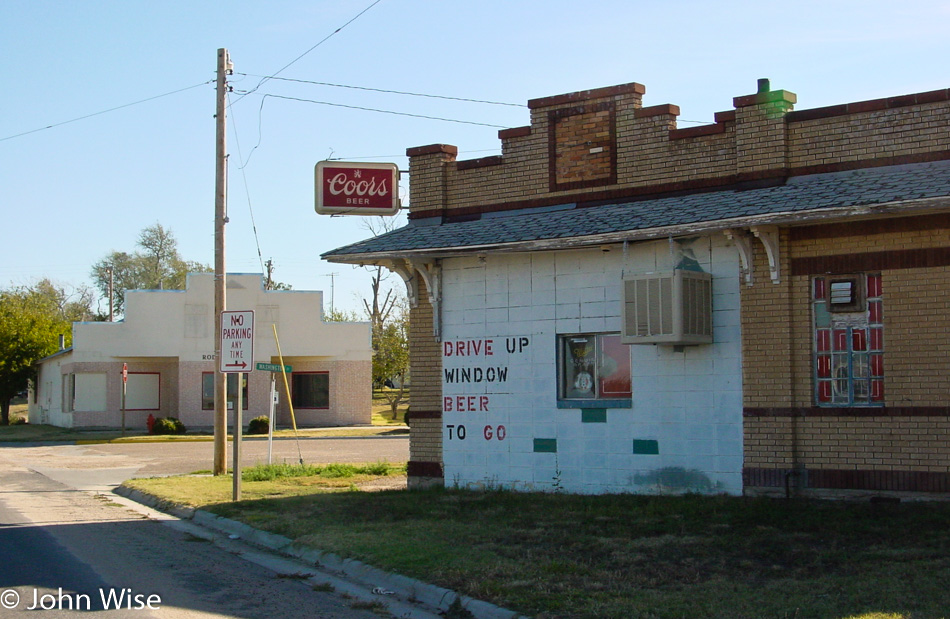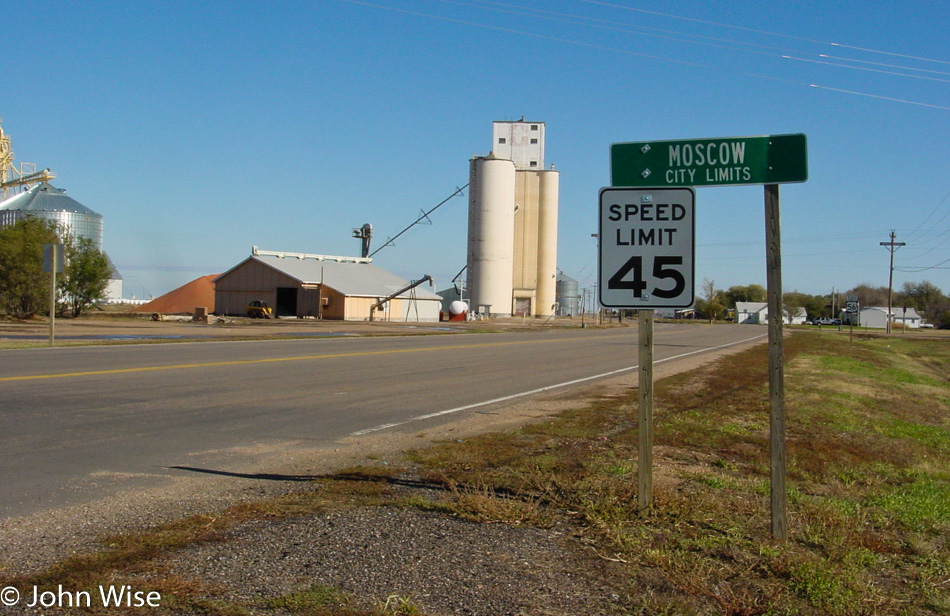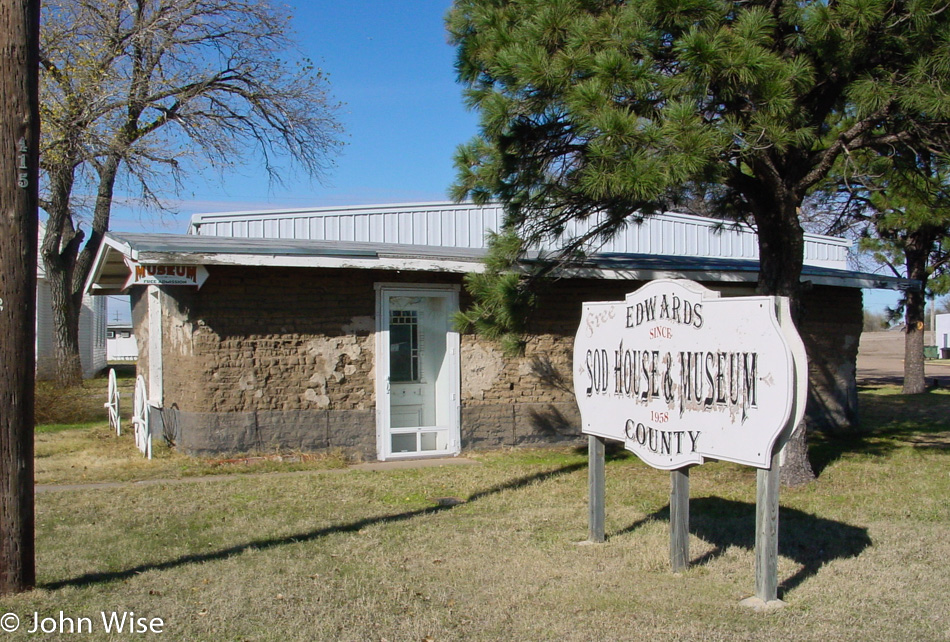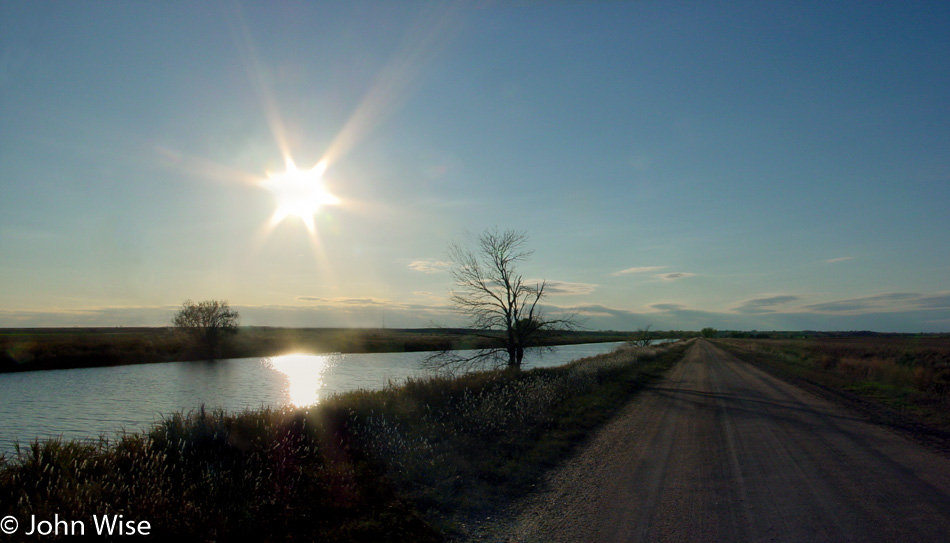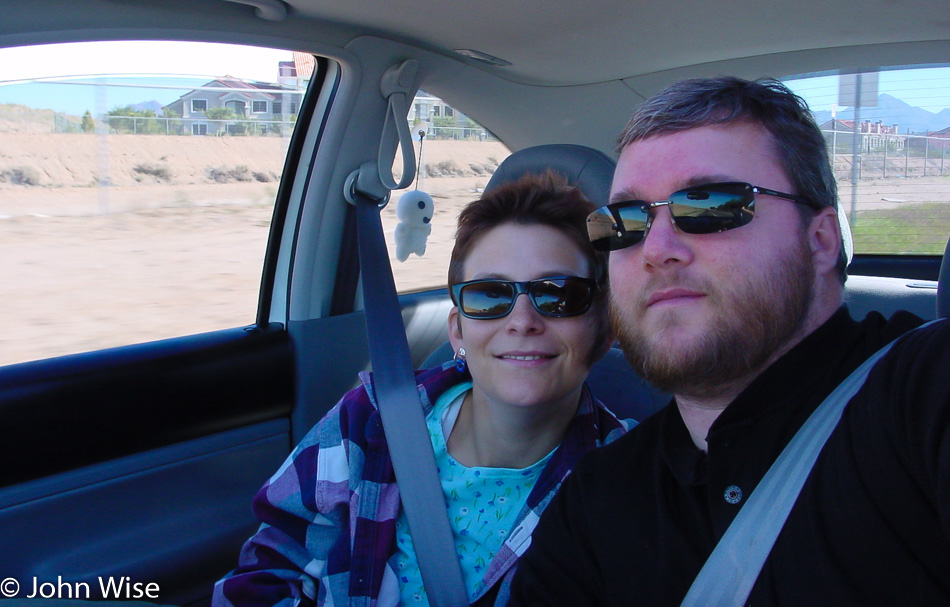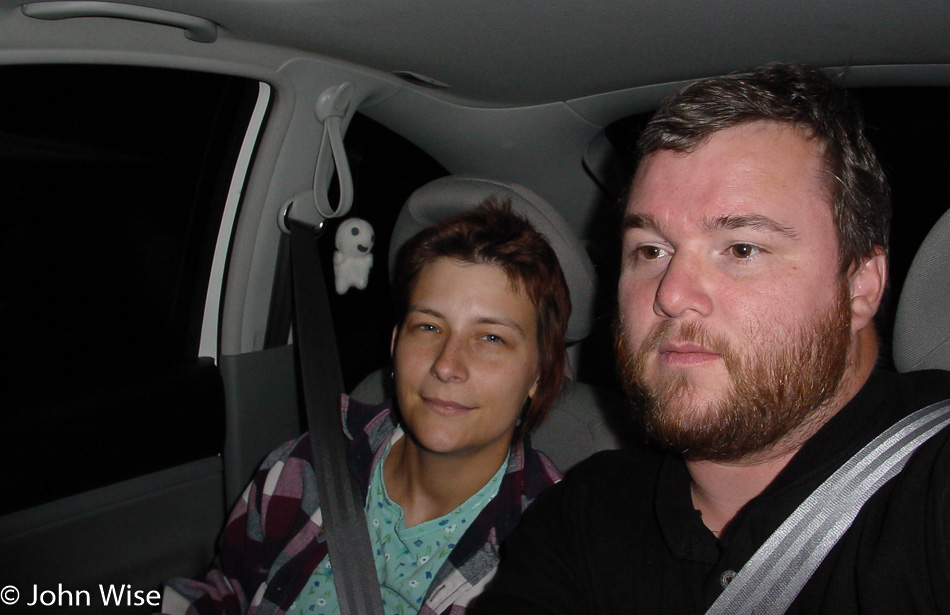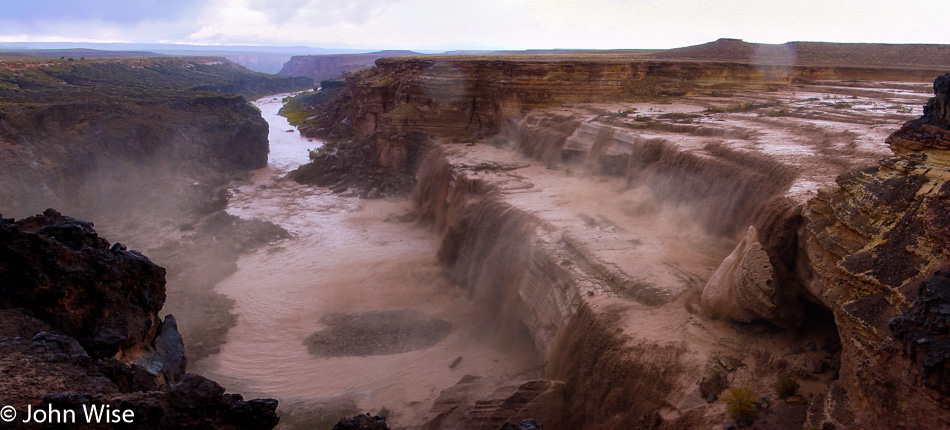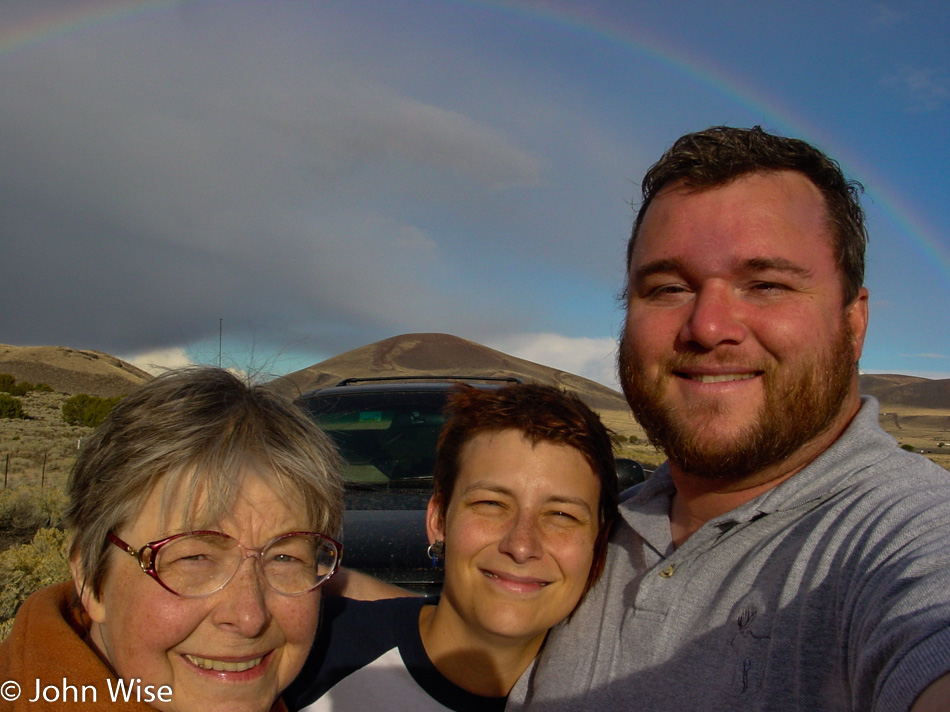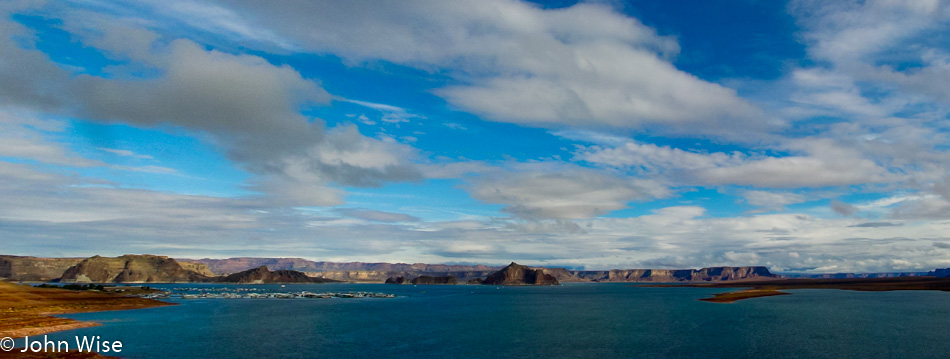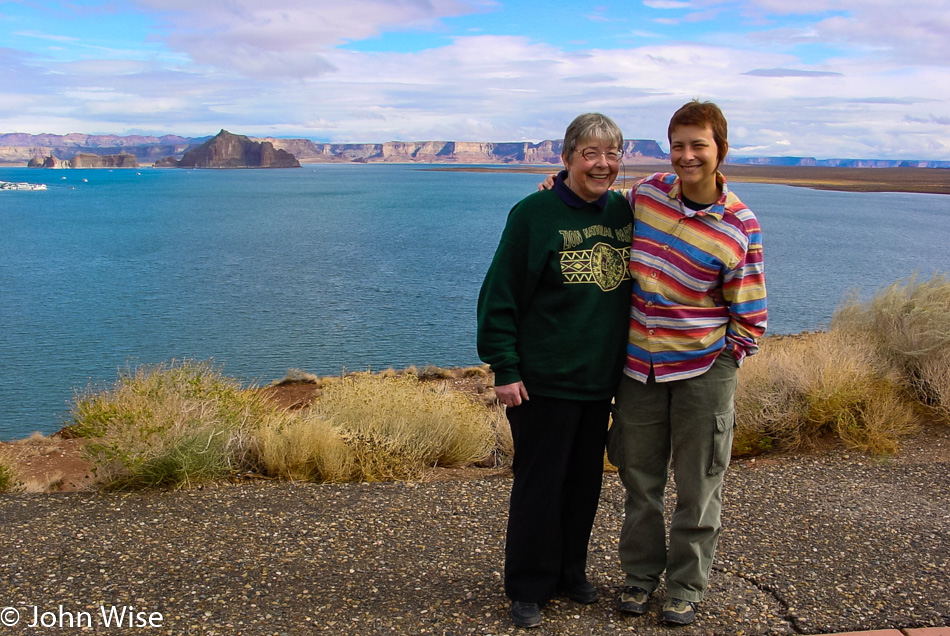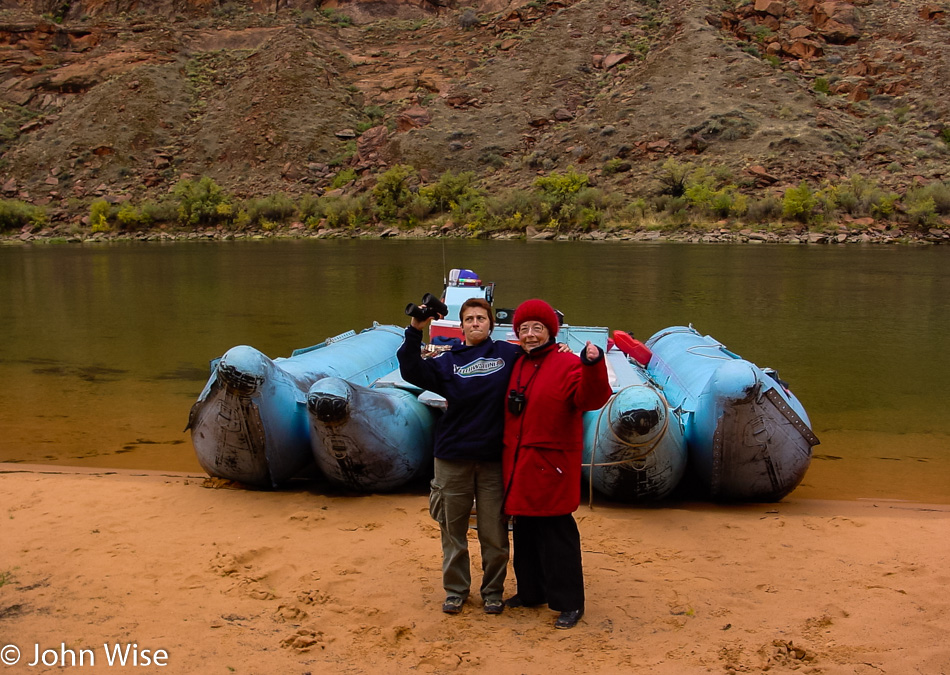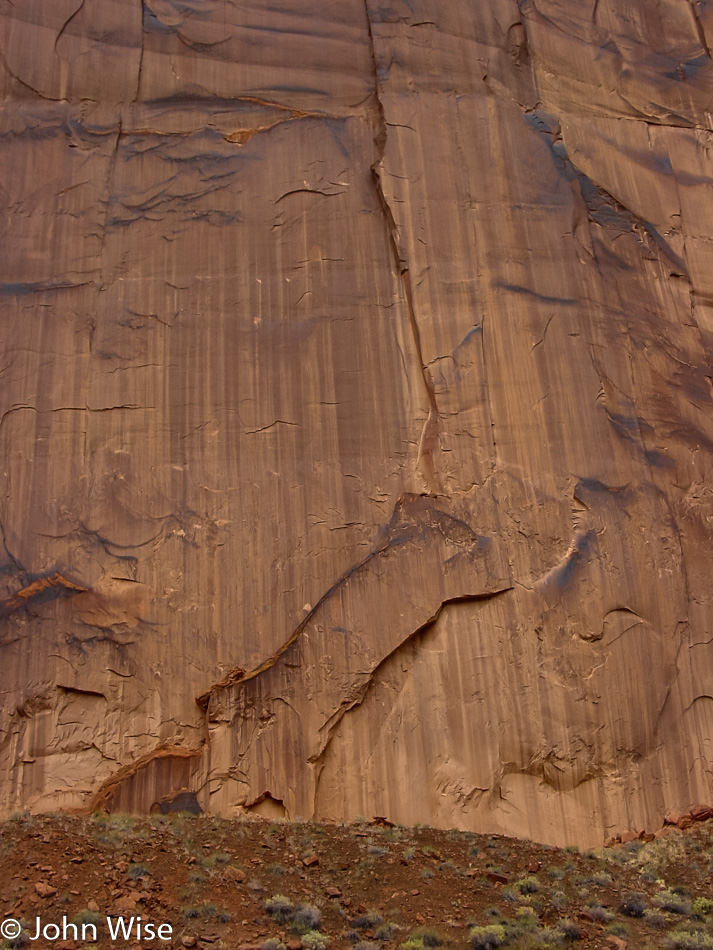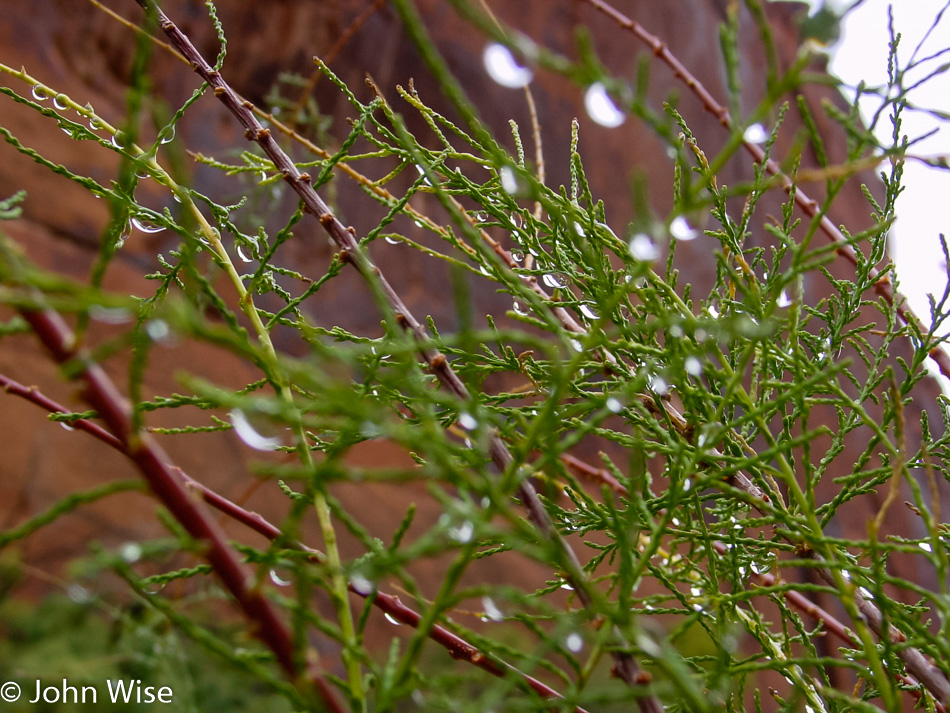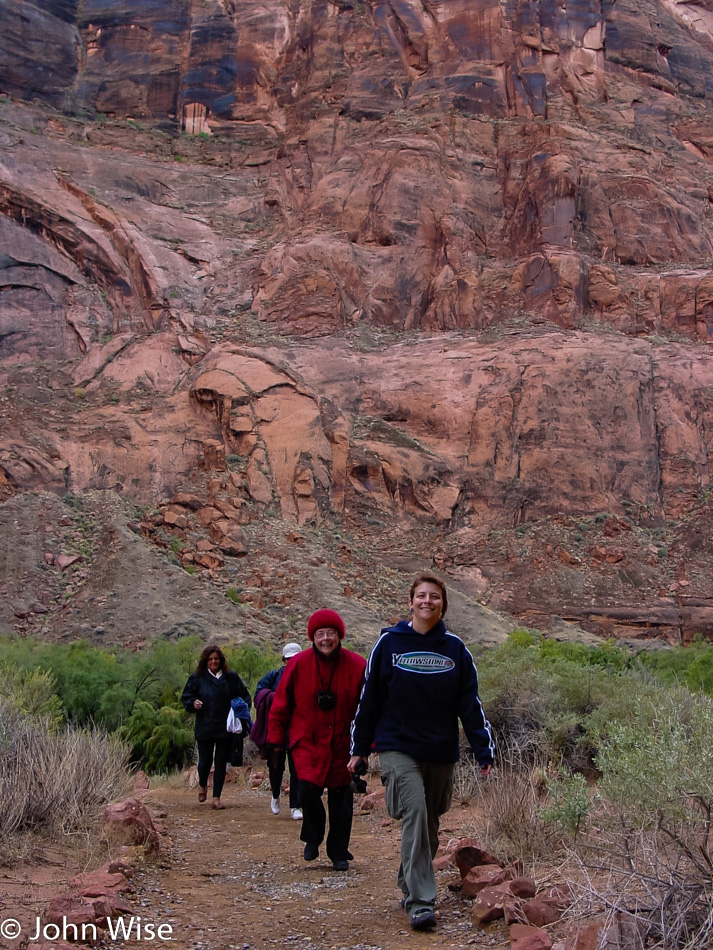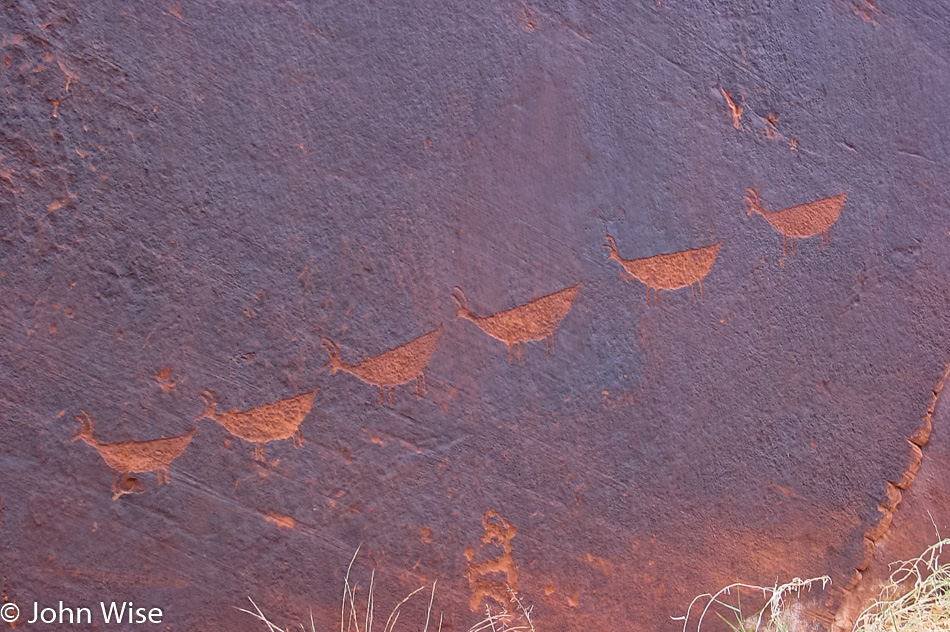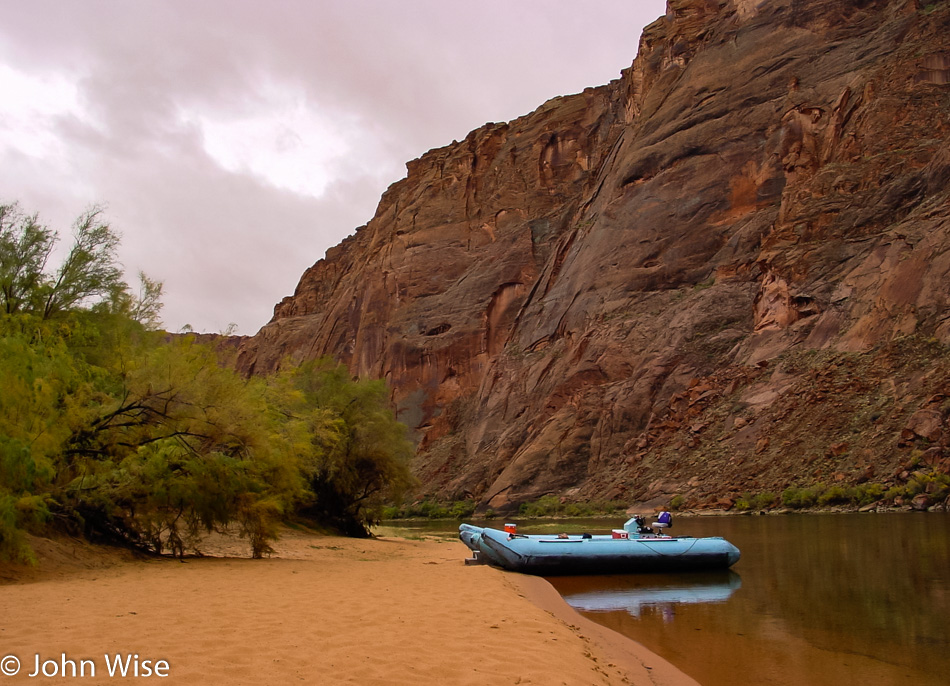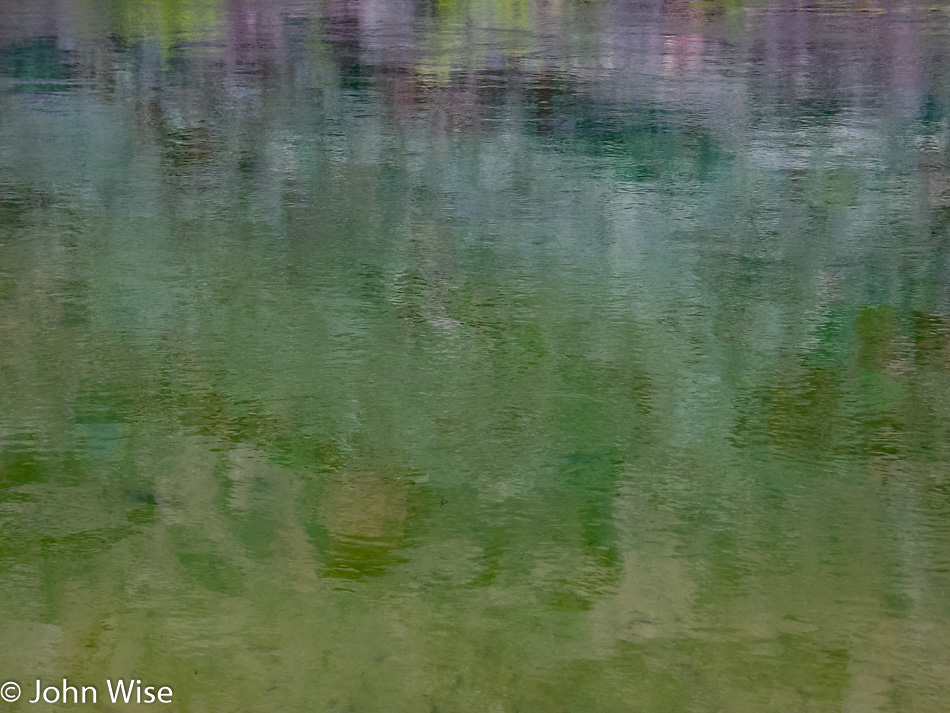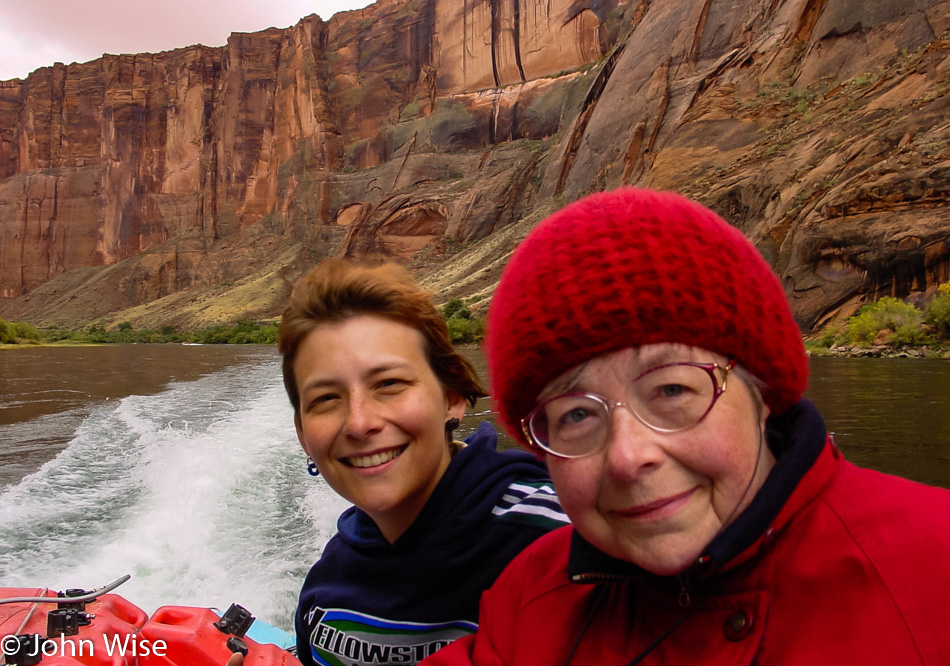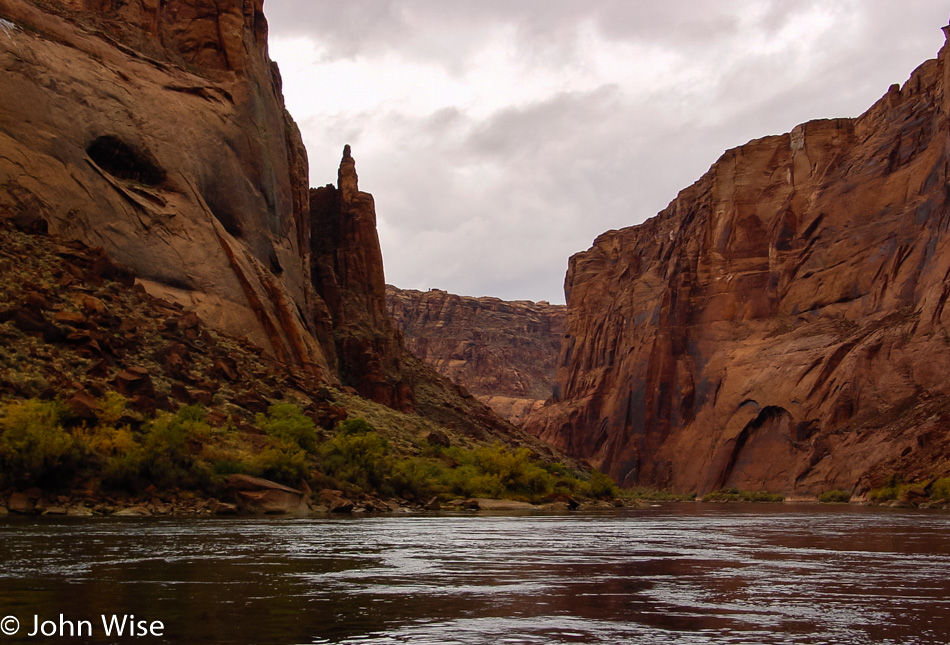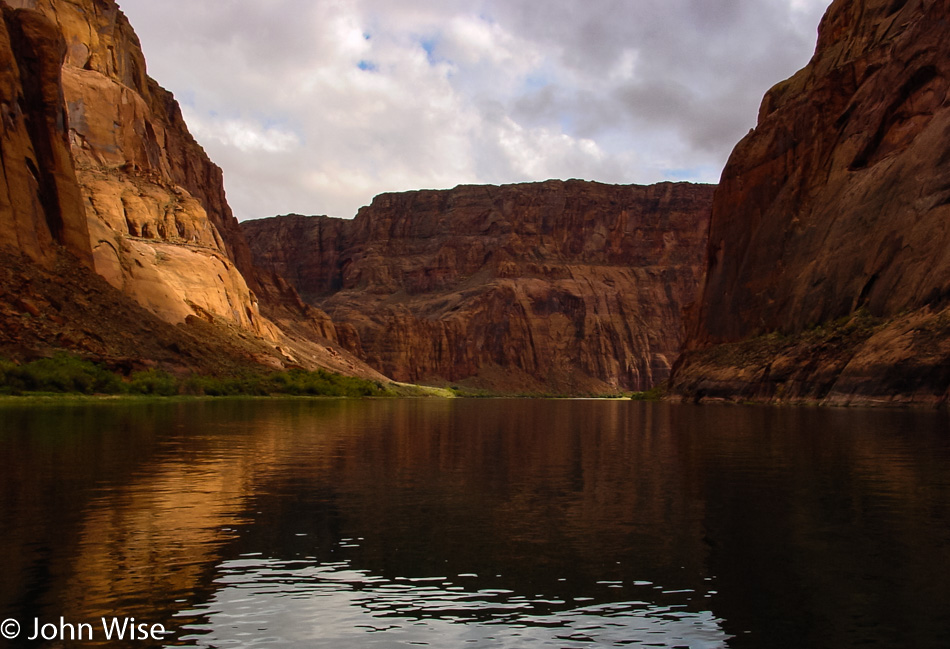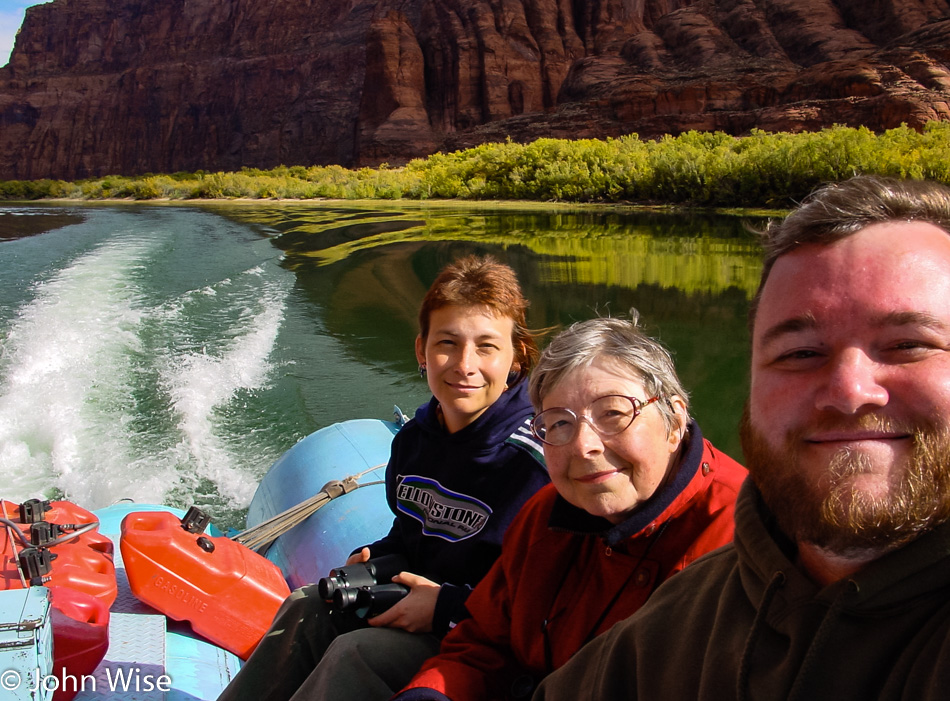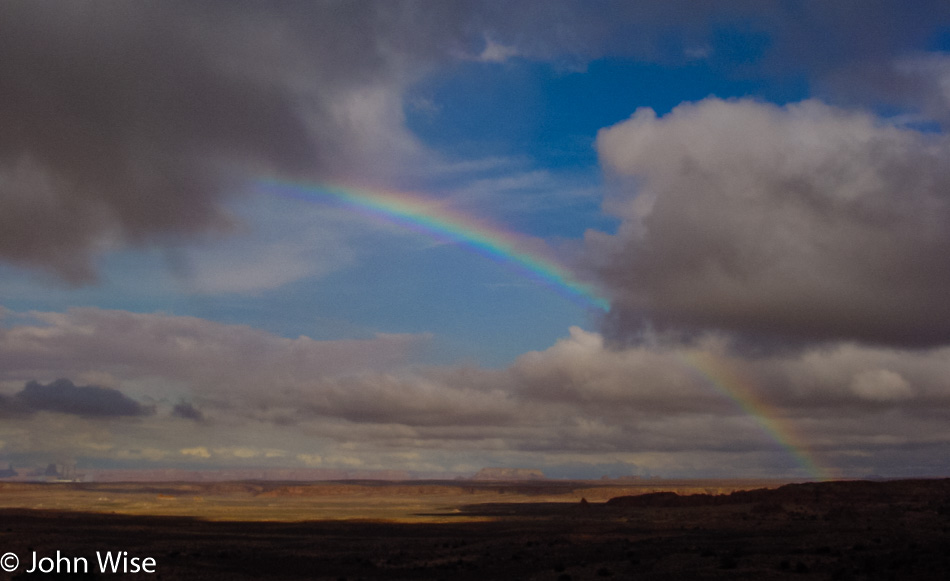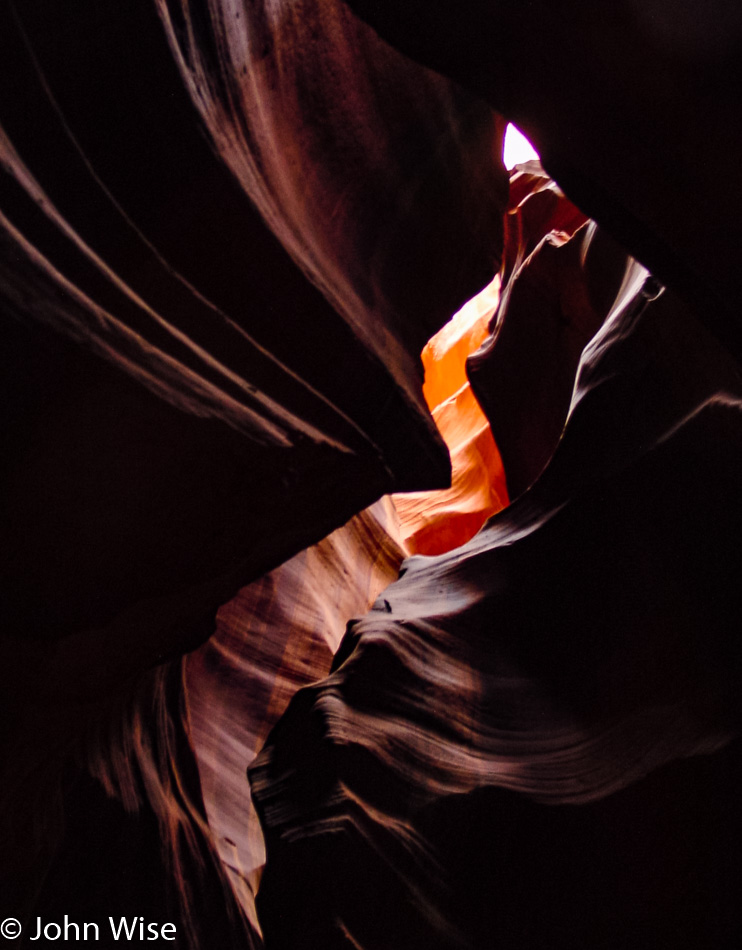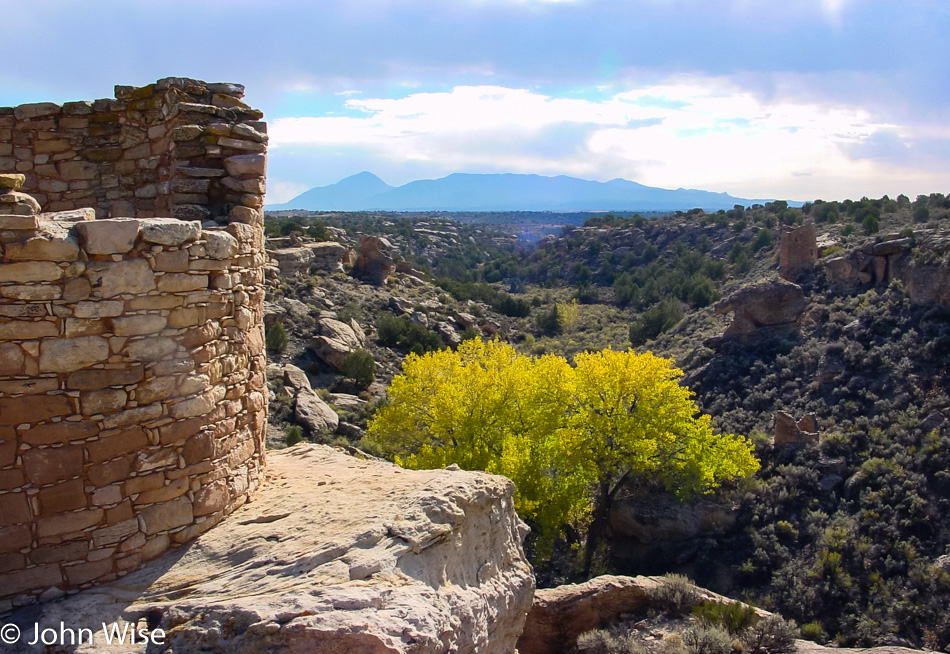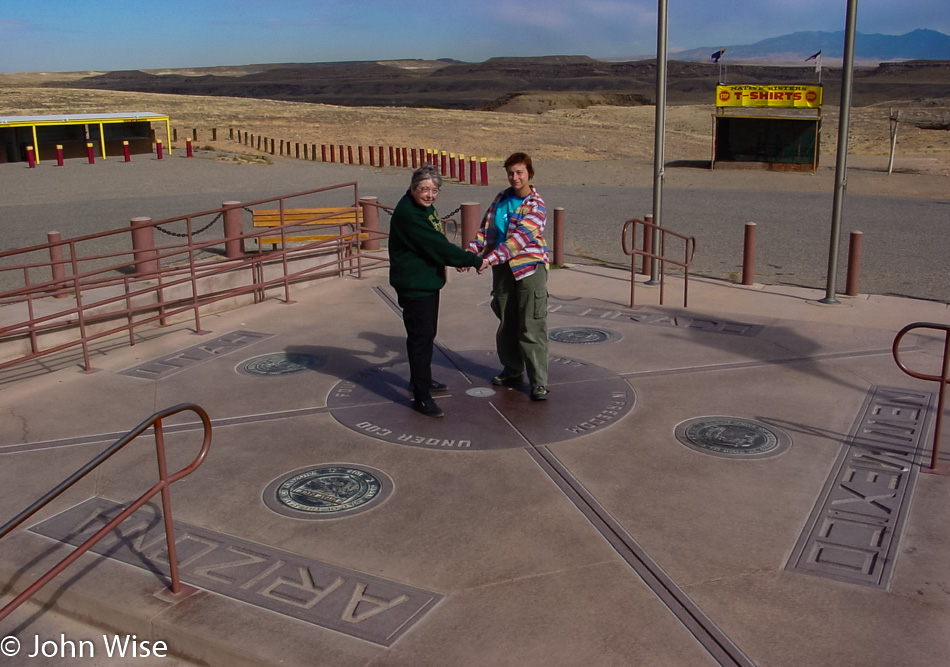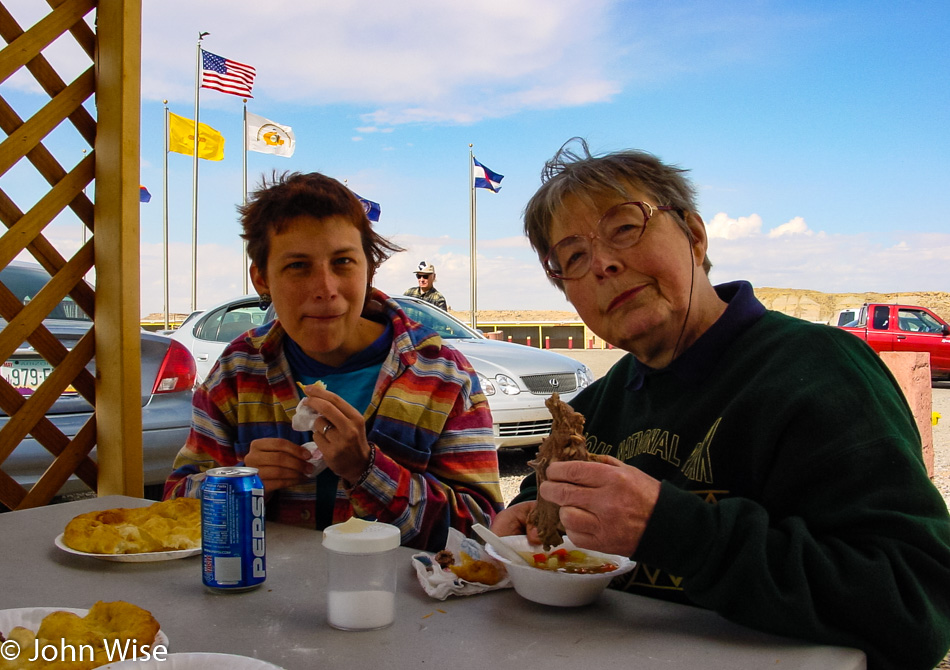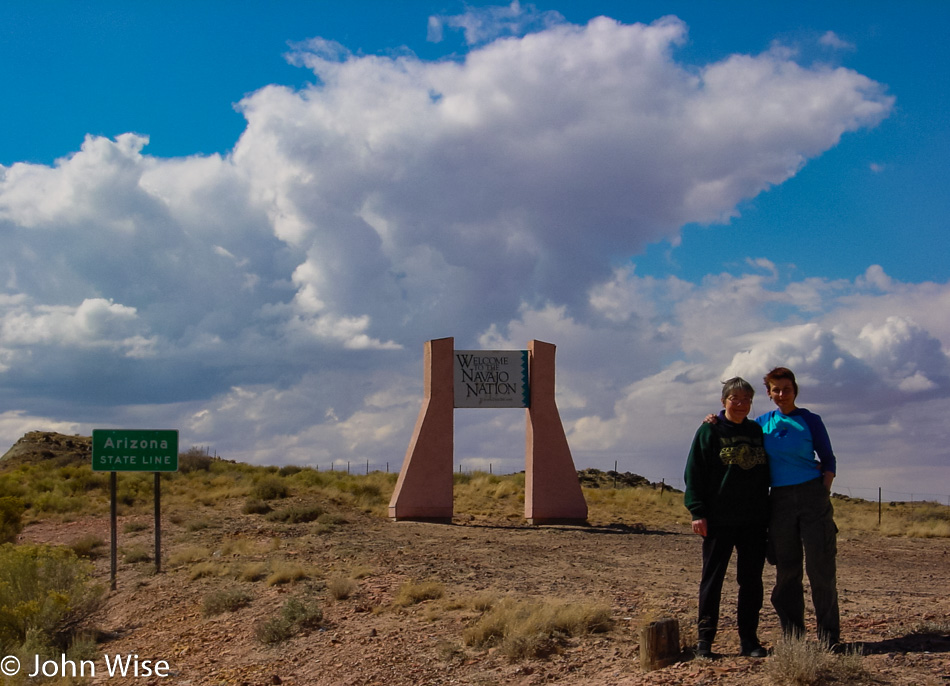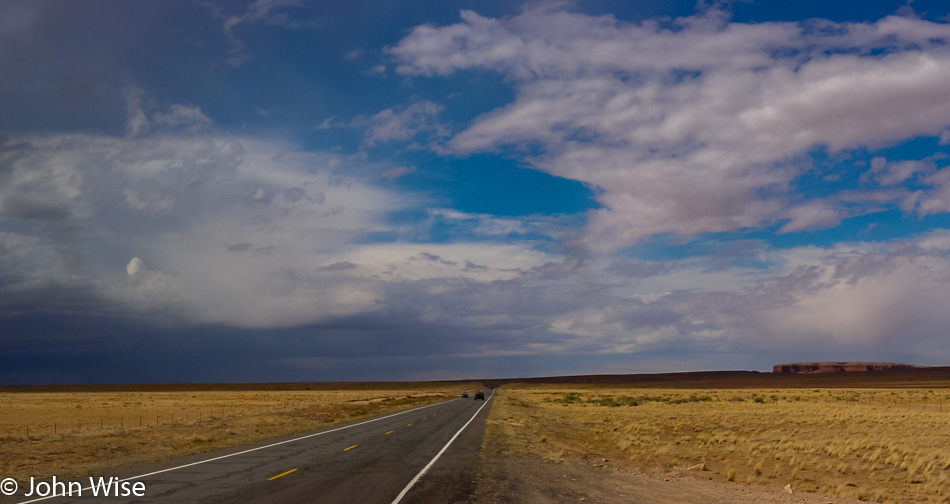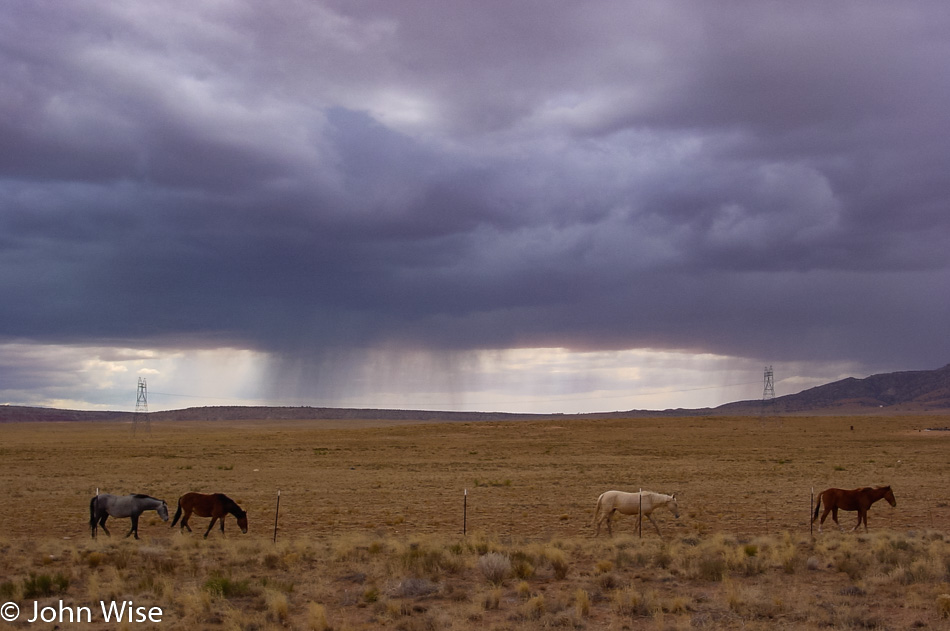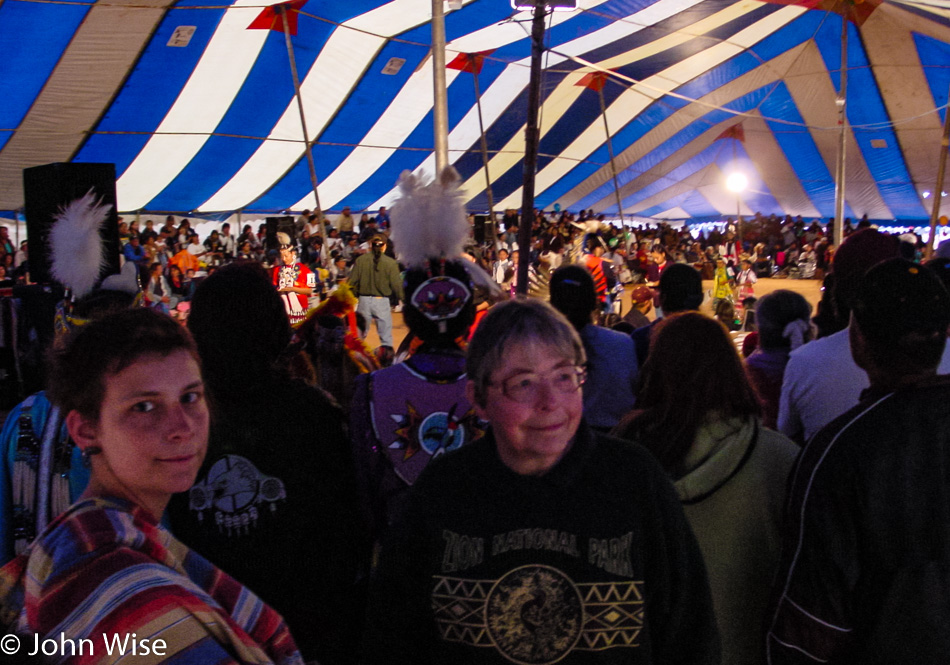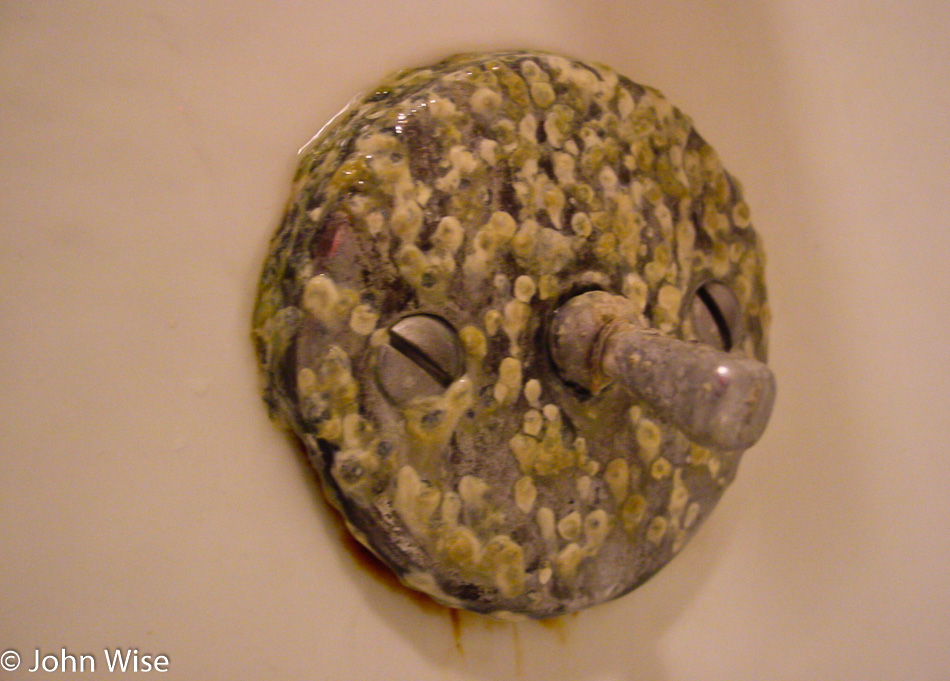
We got into Atchison, Kansas, late last night and grabbed the first cheap motel room we could check into. When we woke shortly after 6:00 a.m., we discovered that our shower/bathtub had barnacles growing on a fixture; this was a first and a memory that will always stick with us on the list of lodging atrocities we would encounter on our many trips where cost played a bigger role than comfort or cleanliness.
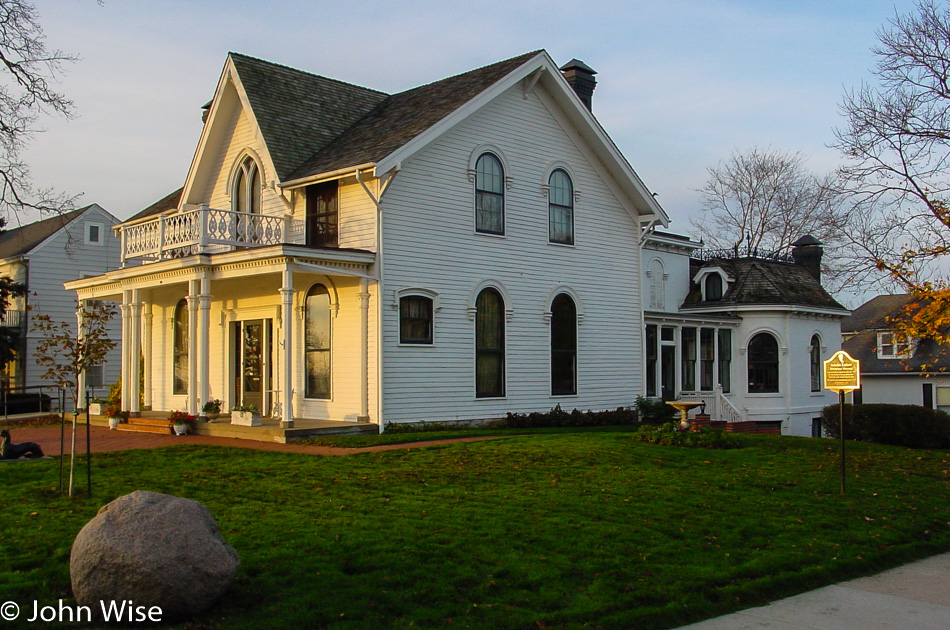
Guess what’s open at 7:30 in the morning? Not the Amelia Earhart Birthplace Museum. Take a picture to remind us that if we are to visit this corner of America again, we’ll stop in. We did have a nice visit with a ginger cat that meandered over to us for a rub.
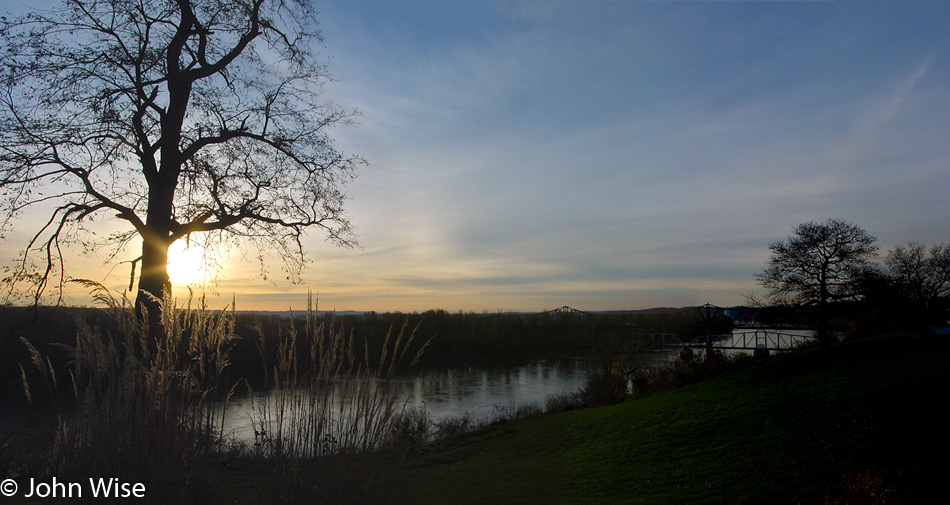
Our first glimpse of the Missouri River shortly after dawn. We’ll be heading north this morning.
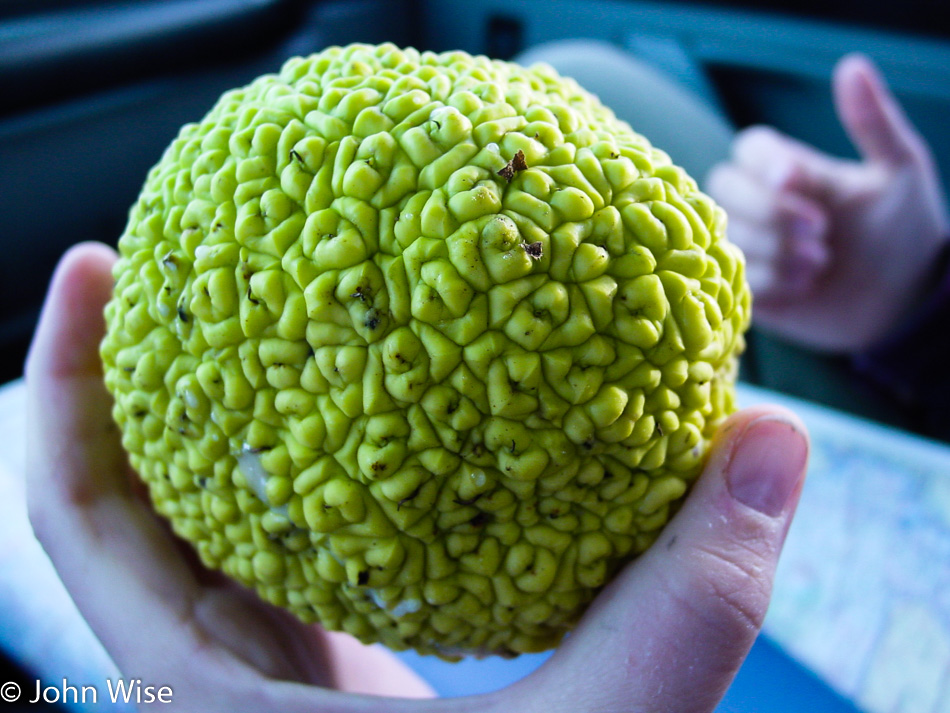
When we spotted this mutant baseball on the side of the road, it screamed out for attention. Neither Caroline nor I had ever seen one of these and could not make heads or tails out of what it might be. If only mobile internet existed, we’d be able to search for what it is, but we don’t even have a GPS or a cell phone. We do have a paper map but it doesn’t have a roadside guide to strange plants or fruits find on the way to your destination. It turns out that this super sticky grapefruit-sized ball of latex that was almost impossible to open is an Osage orange.
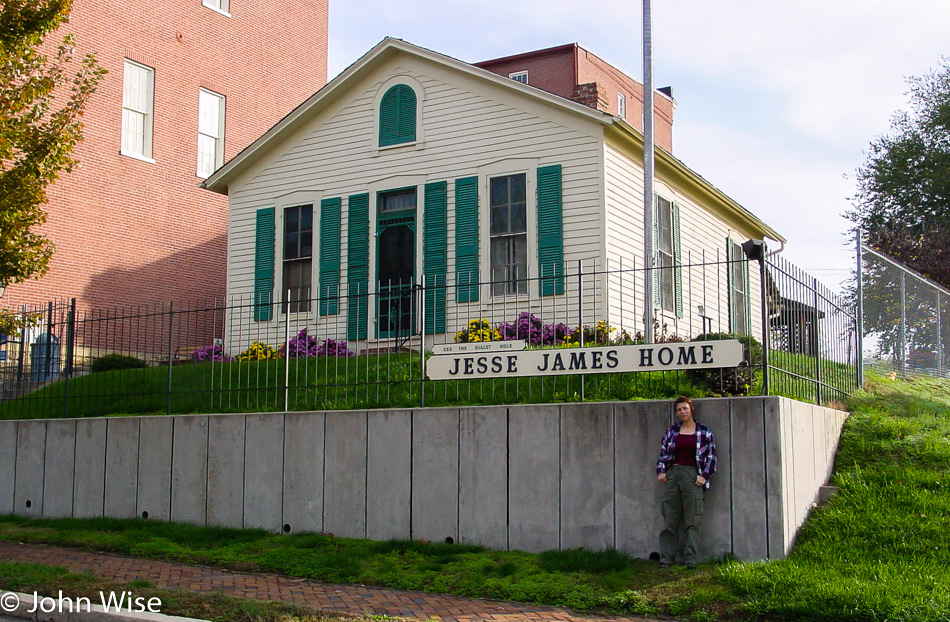
Guess what’s open at 8:45 in the morning? Not the Jesse James Home. Well, at least we’re getting a good orientation of what’s where here on our cross-country road trip. We see the Psychiatric Museum as we are passing through St. Joseph, Missouri, and make note that we should investigate if it’s worth a visit. What brought us to St. Joe in the first place was that an old friend of ours named Mark Shimer grew up here hating it, seemed like a good enough reason to drive through.
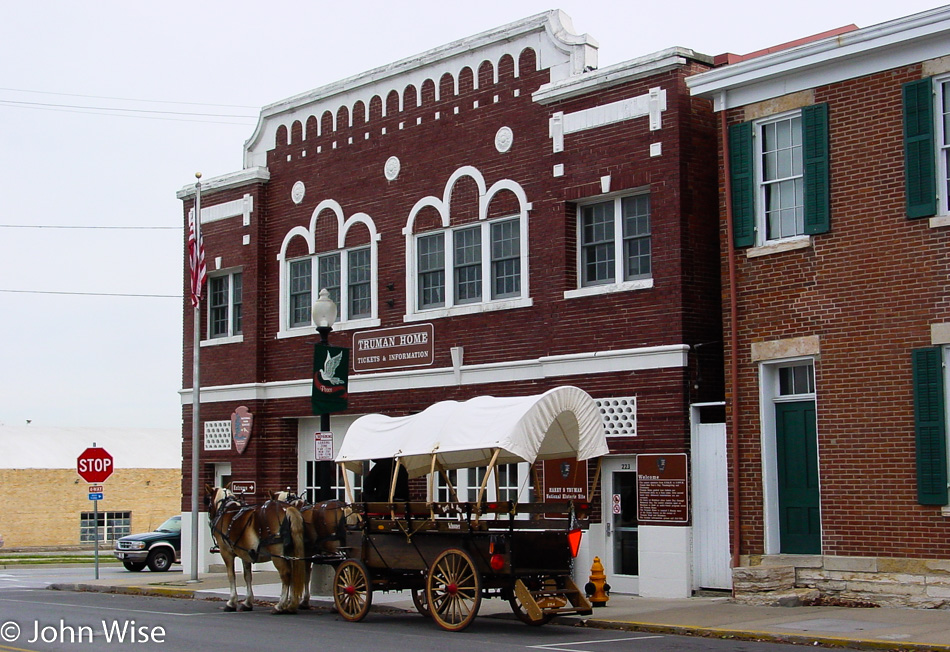
Disillusioned with St. Joseph and only able to find a McDonald’s and the stupid Egg McMuffin available for breakfast, we leave disheartened. Maybe a visit to the closed Psychiatric Museum could have helped alleviate the anguish, but they were as open as everything else we were trying to visit way too early in the day. We turned the car south and headed for the Missouri River, figuring that might be a scenic route. On the way, we spot the signs directing us to Independence, Missouri, and the many homes of President Truman. He seems to have moved around a lot as a youngster. Now, with something finally open, we opt not to go on the tour as though we started this journey with the idea of not being beholden to the clock; something is prodding us to go east. So we leave.
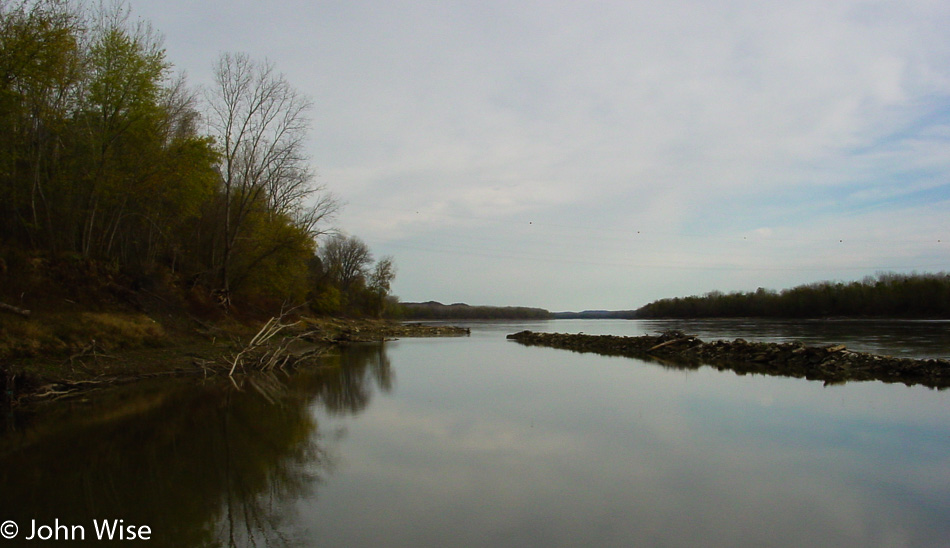
For hours we do our best to trace a path along the Missouri River and occasionally are rewarded with great views.
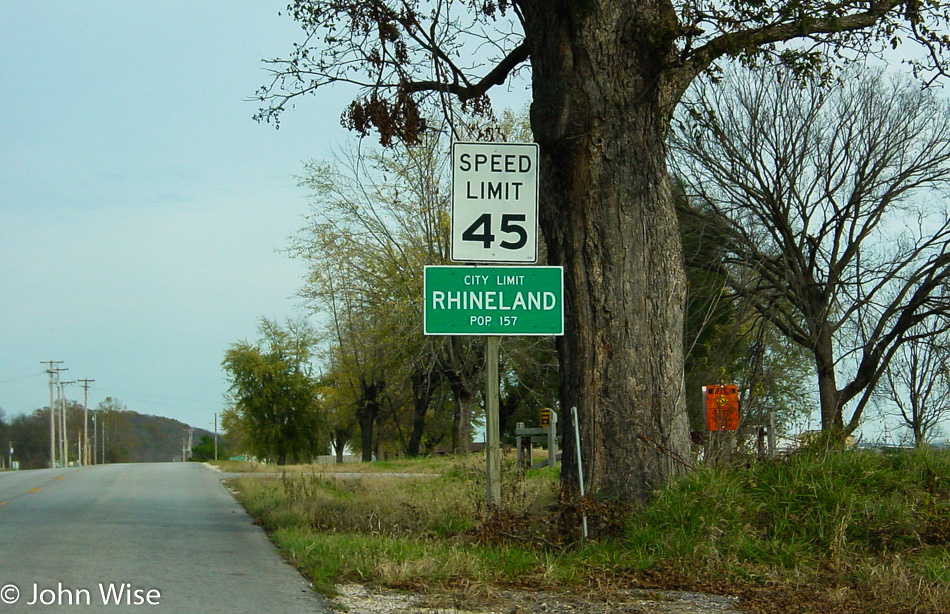
This is a tiny village of 217 acres and, according to the 2000 census, 176 people. It is called Rhineland, and we had to stop because of Germany. There were no wurst stands, no wine, no autobahn. It seems like they simply borrowed the name and forgot to bring the culture. Not even a bit of good bread.
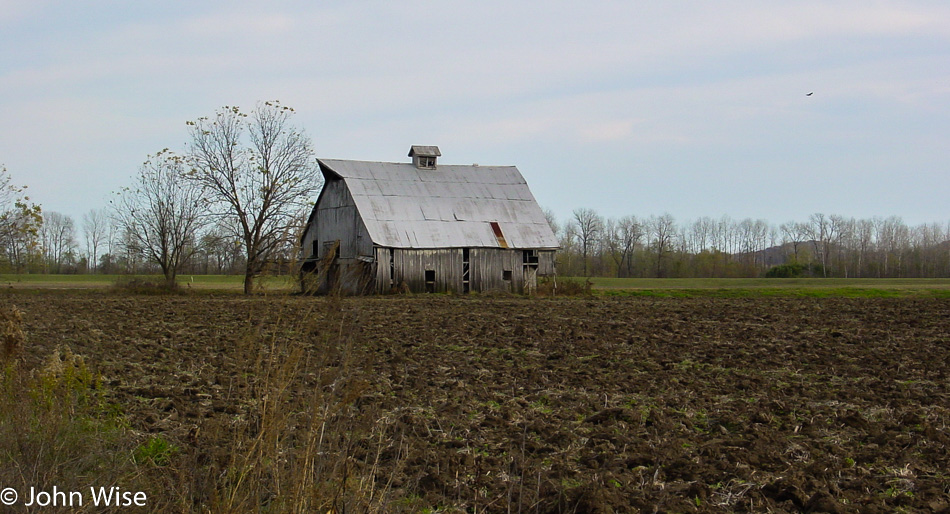
A cool barn that appears to be on a fertile floodplain of the Missouri River. Probably not a great place to hang out during floods.
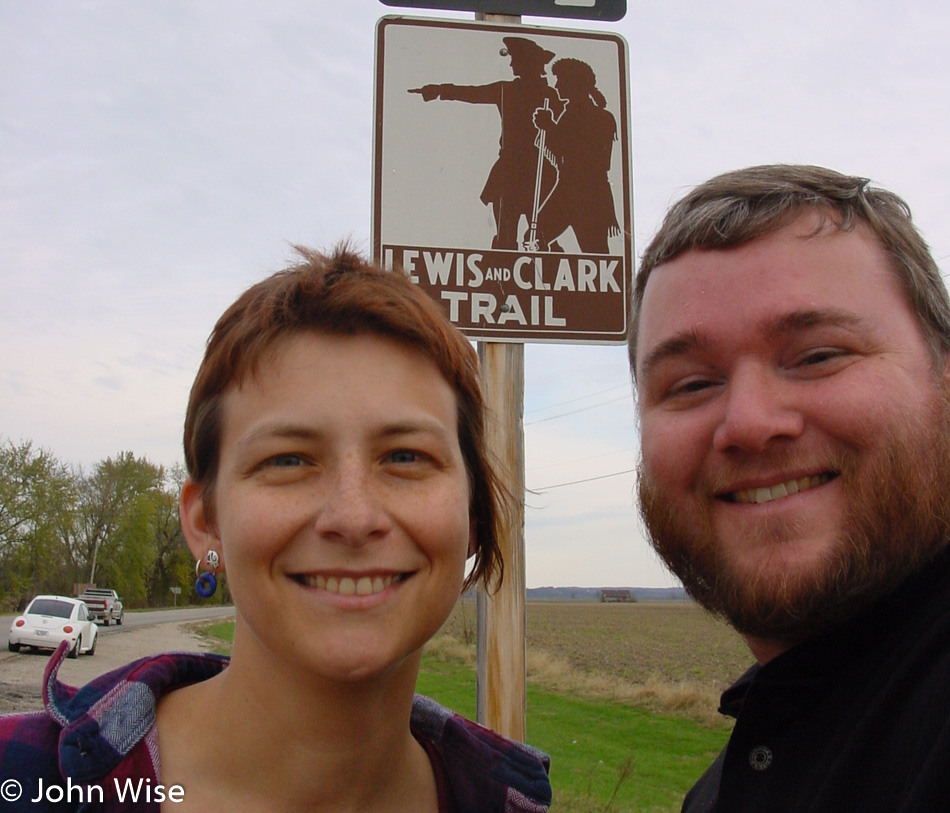
This is the first time EVER that Caroline and I stopped at a sign designating that we were on the Lewis and Clark Trail, but it won’t be the last. Hmmm, I wonder if my beard will one day turn gray?
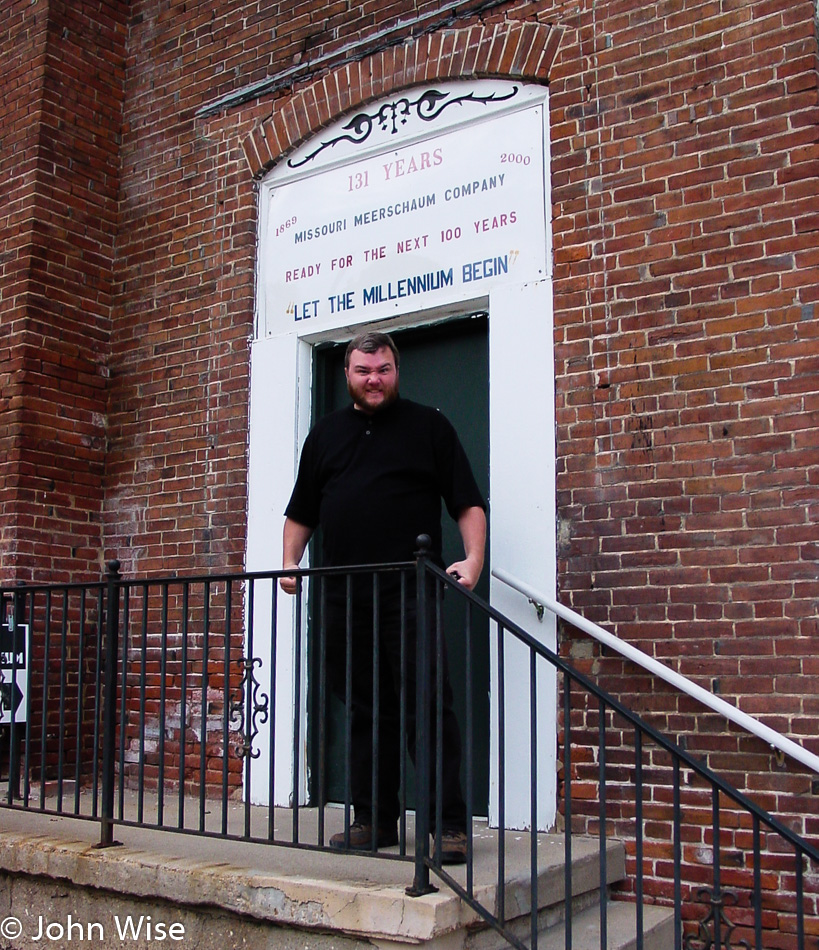
Guess what’s open at 4:30 in the afternoon? Not the Missouri Meerschaum Company. I wanted a corncob pipe, and I wanted one bad because I had some stuff to smoke and only a corncob pipe was going to do. Instead, I have to leave empty-handed. While we found some corncob pipes somewhere else in Washington, Missouri, I couldn’t be certain that they weren’t cheap Chinese knockoffs. Damn it.
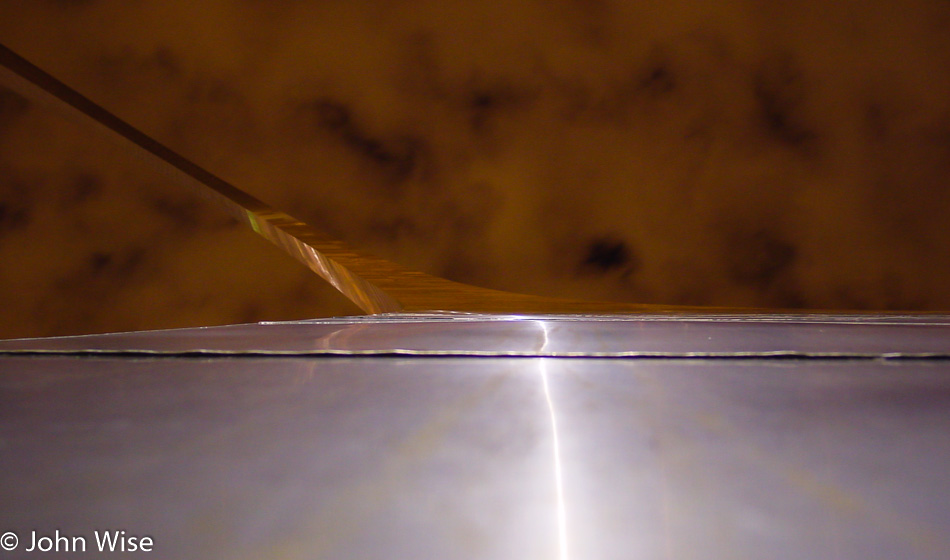
We’ve reached the Gateway Arch in St. Louis. Sure, it would probably photograph better in the middle of the day while the sun glistens on the metal frame, but today, in the middle of America, nothing is open. Hey, how about a ride up to the viewing platform in the Arch? Oh yeah, it just closed for the day.
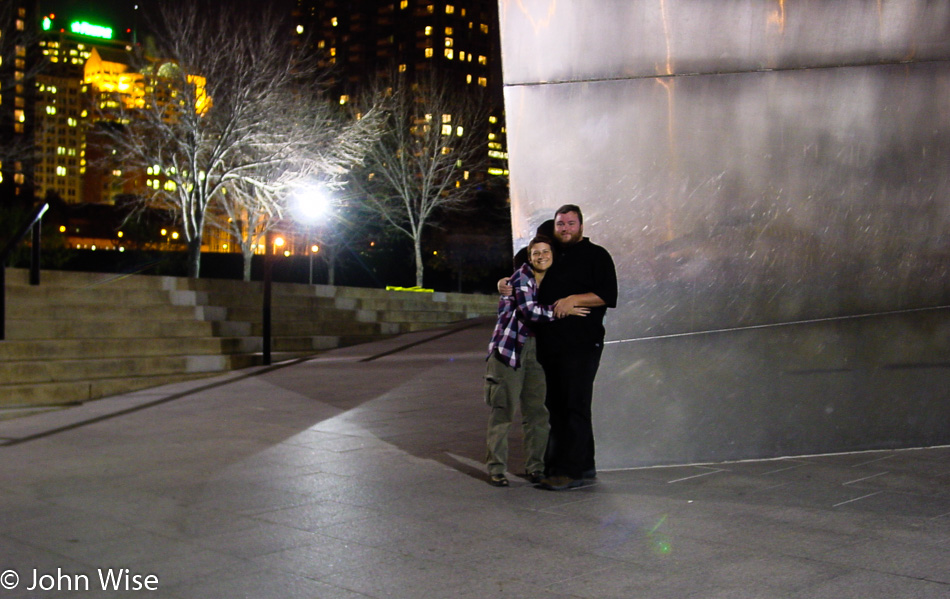
This was the last time I ever let someone else take my photo instead of just shooting a selfie. Do I look fat here? From the Arch, we headed over to a vegetarian place operated by some devotees of Hare Krishna called Govinda’s. Great food and a nice environment for a place without meat. In case you didn’t know, Caroline is in a vegetarian phase, and after some initial struggle from me, we get along with me forsaking the flesh from time to time. With a burst of energy, we pointed the car towards Indiana and took off. The next stop was the Amoco Motel in Haubstadt, Indiana. Only our third day out, and we are now almost 2000 miles from home.
